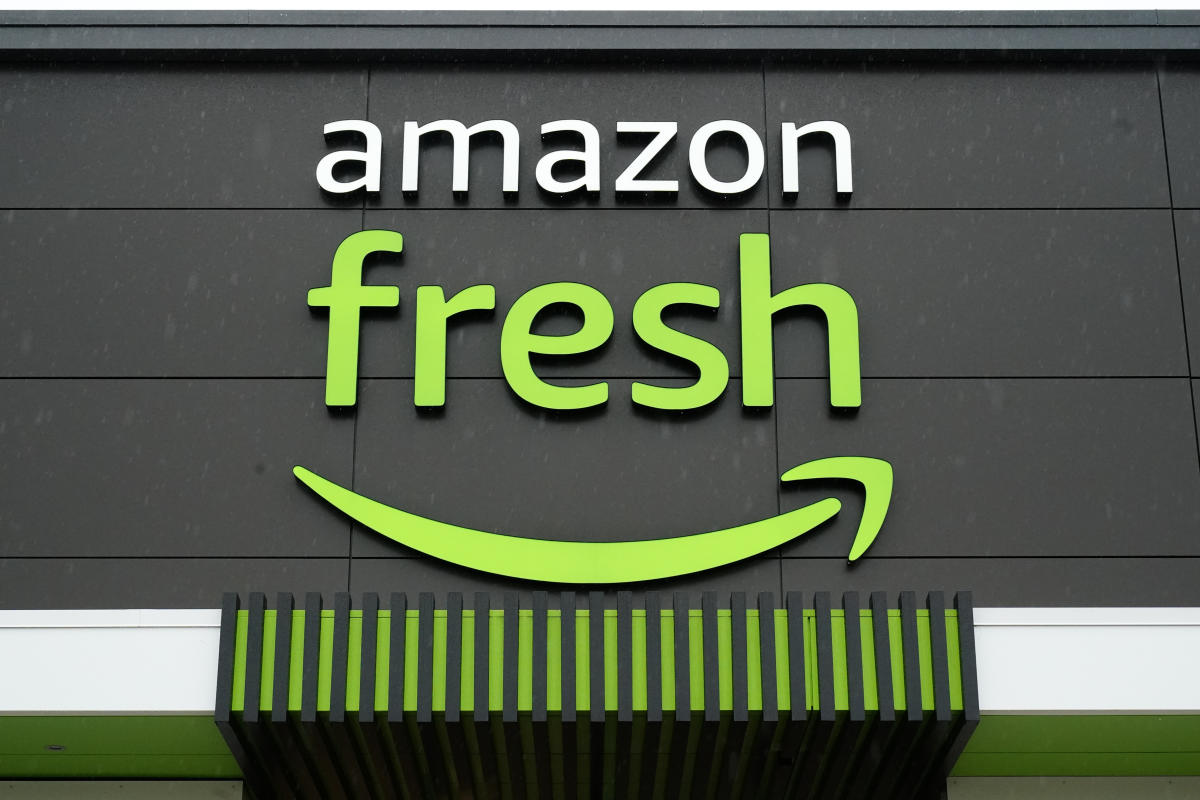Here’s where the smoke and mirrors come in. While the stores have no actual cashiers, there are reportedly over 1,000 real people in India scanning the camera feeds to ensure accurate checkouts.
The wundertech is just human labor under the hood?

Amazon literally runs a Mechanical Turk service, so it’s pretty on brand.
I feel like this section is rather disingenuous for the article author to just drop without mentioning that this is how all machine learning models are trained. The idea is that now (and for the next year or whatever) it’s trained manually until the system is good enough to do it on its own with a good enough accuracy rating to not lose money.
Now, since Amazon is shuttering this, it’s totally possible that they determined they’d need too many years of training data to break even, but at the very least this is standard industry practice for any machine learning model.
I thought so, top, at least initially. However, it sounds like the out sourced cashiers essentially tallied up the orders after the customer left and sent the bill. How much correction had to be applied to the automation remains to be seen. The biggest issue with systems like this is tracking between scenes and angles. It could be the humans in the loop were there to resync the metadata of each tracked object (i.e., customer) as they moved isle to isle or they removed a jacket or whatever.
Removed by mod
I fully agree that the author is being super disingenuous here. However, I don’t think Amazon is fully shuttering the program because they’ve stated they’re switching it over to a cart-based system which is already been proven to be successful in the trade and doesn’t include the high ceiling requirements, their biggest issue is adoption from other retailers, and switching over to that system will lower the ceiling(no pun intended) for entry
It’s been 8 years. If they still need humans to check they’ll always need them.
It’s possible the article is referring to how they got the training data, but as we’ve been learning from recent reporting, places like cruise were actually hiring people to monitor the “autonomous” systems.
And there is the what the fuck
I will miss the mistakes they made in my favor. Once I bought like $50 worth of groceries, and they just never charged me for it.
Correct me if I’m wrong, but it seems like this article isn’t being completely honest with us.
The article is phrasing in a way as if Amazon has given up on the technology altogether, but then the article talks about how they are moving directions to be still based off the camera model just using a closer up cart style camera instead of a camera everywhere Style
These smart carts are equipped with scales and sensors to track spending in real time and, of course, allow consumers to skip the checkout.
This sounds less of a walking out on the technology as a whole as the title implies, and more geared towards we have a better technology available. I think this is either disingenuous reporting or are trying to gear it in a way that makes it look like Amazon is being pro privacy when in reality the same exact system is going to be in place, it’s just the camera is going to be part of the cart instead of cross the entire store, which has proven to be a large bottleneck for them and getting other retailers adopting it due to the high ceiling requirement
This of course is ignoring what other commenters have stated about the fact that this is literally how training models work, you tell it what to look for and then eventually you have a large enough training set to be able to have it do it on its own. It’s not as if those 1,000 people are ringing out the groceries, they are more so assisting the technology by marking what is a product versus what is not a product, a process which that they have already downsized a few times from their initial Staffing requirements
I’ve been to the Amazon fresh a few times and it’s alright.
It’s alright in the way drinking water that contains arsenic or lead. You won’t notice it.
I’m disgusted from stores with automated surveillance.
For clarification, this does not mean digital cameras, but systems where your behavior is analyzed, identified and profiled.So literally everywhere now
It’s interesting that they gather so much information that it takes over an hour for them to report back what you purchased.








